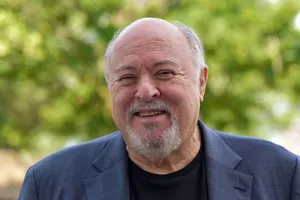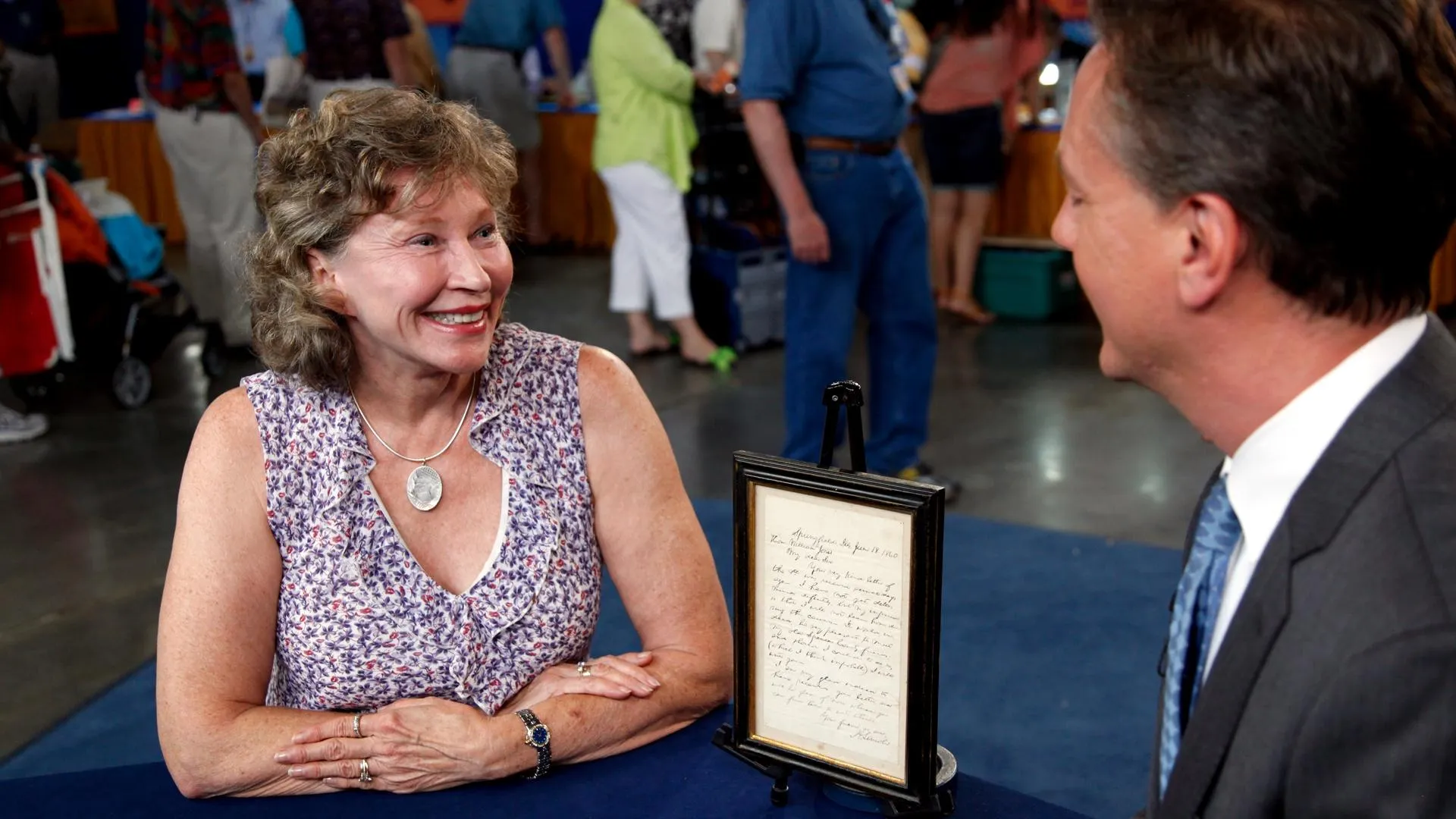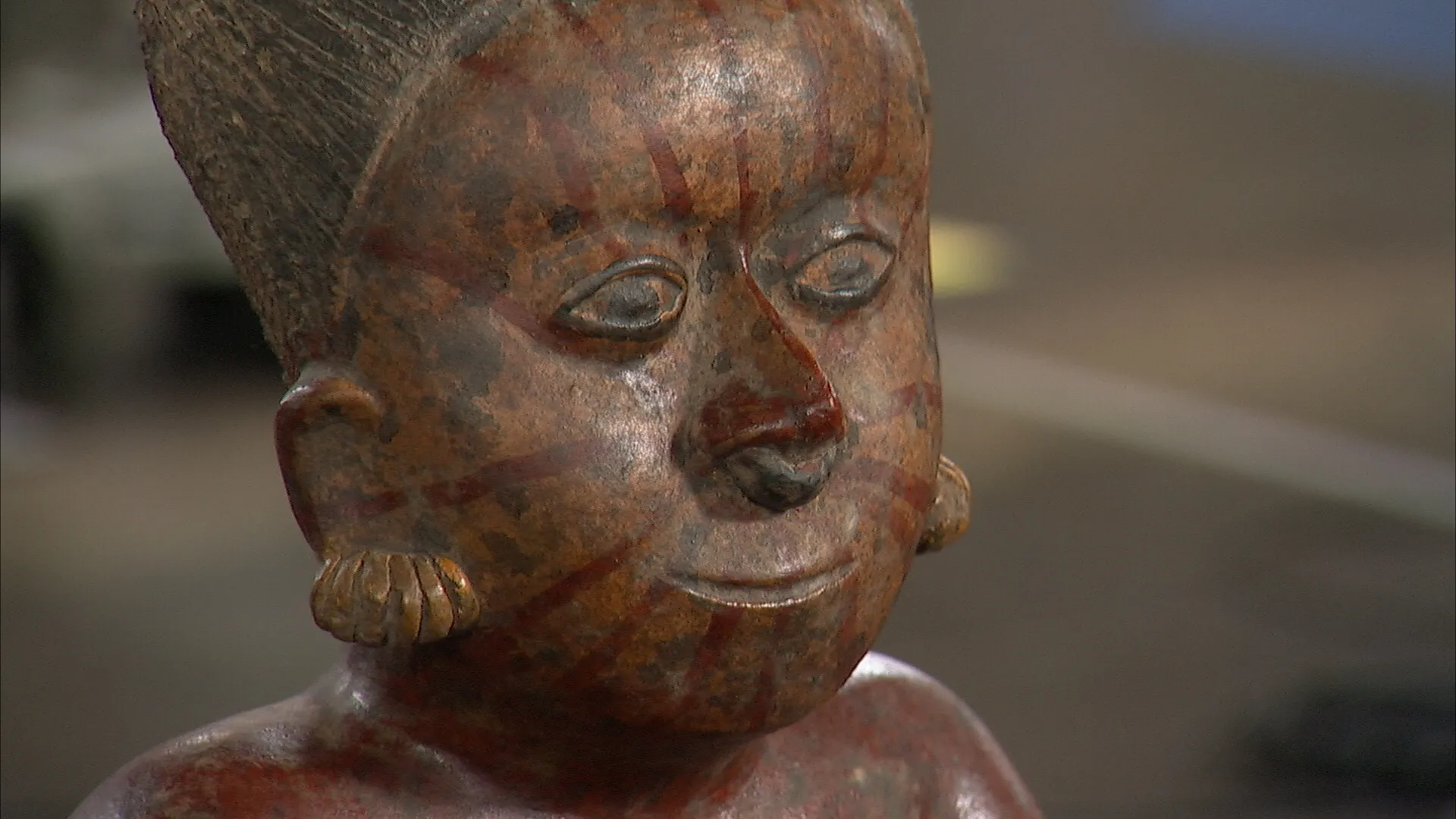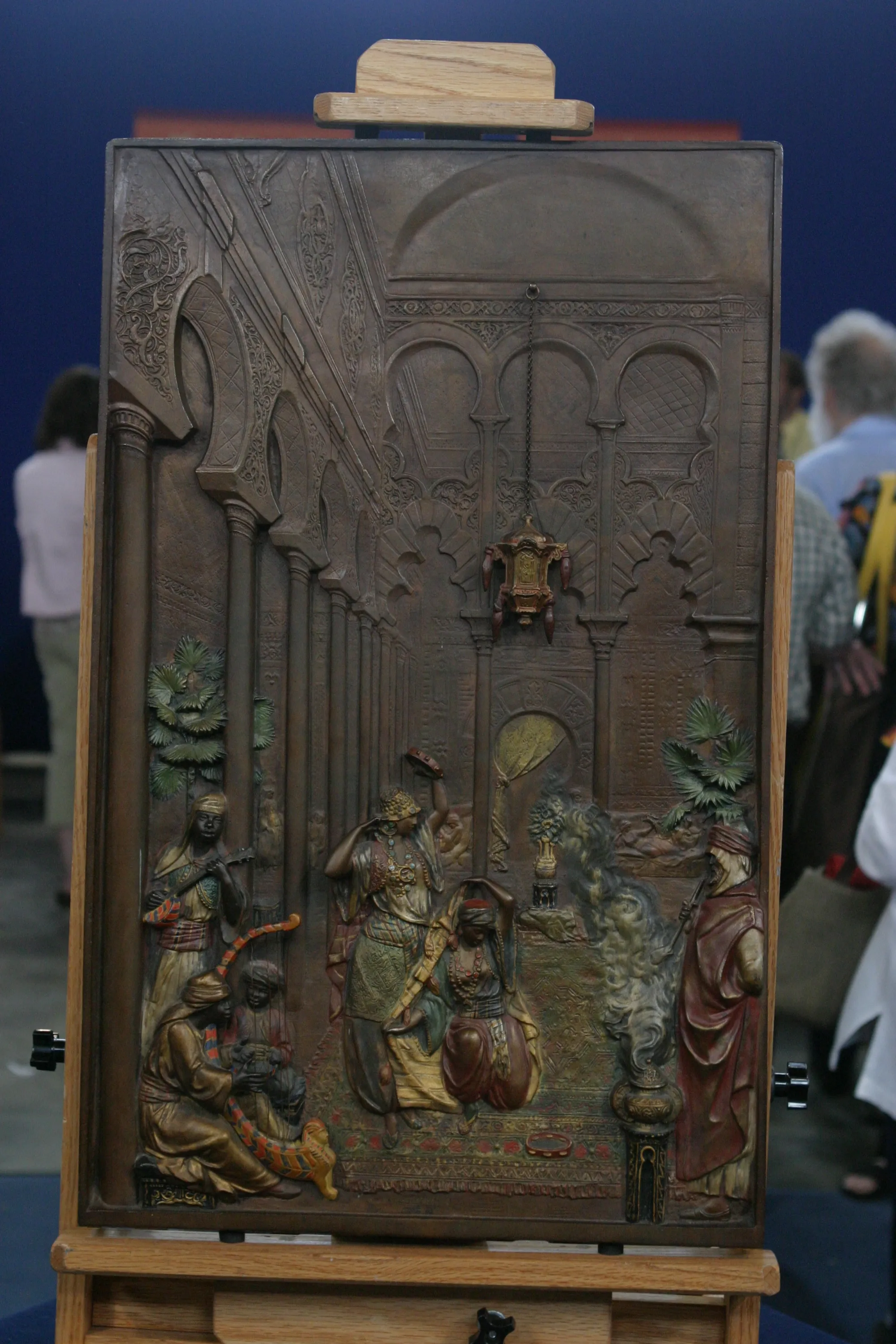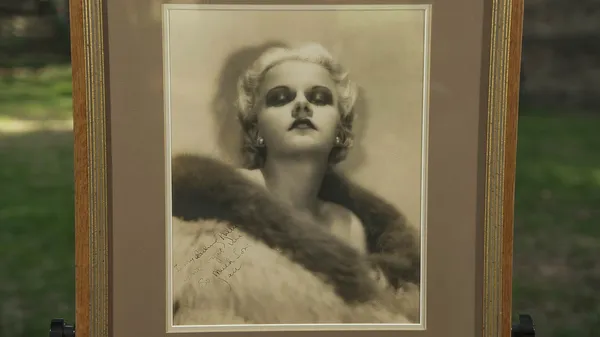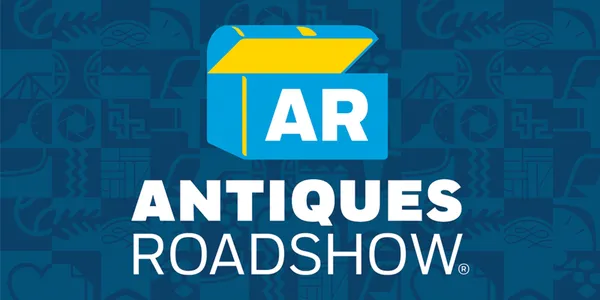GUEST: Well, they're my great-great-grandfather's. His name is James Parke Corbin. The family is originally from Virginia, and they're his spurs. But that's just about all I know about them. He lived from about 1809 to about 1860, something or other.
APPRAISER: And this is his picture over here?
GUEST: That's correct.
APPRAISER: Can you tell me about the writing on the front of the photo?
GUEST: Well, my grandmother wrote on the front that this was James Parke Corbin, great-grandfather of James M. Corbin and Spotswood Wellford Corbin, who is my uncle and my father. So that would make James Parke Corbin my great-great-grandfather.
APPRAISER: Where did he live?
GUEST: Right on the Rappahannock River, close to Fredericksburg.
APPRAISER: Was Lane, Virginia, a town or was that his own place?
GUEST: That was his own place, Laneville.
APPRAISER: Where he lived, it was a huge plantation operation.
GUEST: That's correct.
APPRAISER: He was a huge planter.
GUEST: Right, he was on both sides of the Rappahannock River.
APPRAISER: These spurs are fabulous. I've seen maybe a couple of pair that compare to them. They're inscribed to him, "Laneville, Virginia," no date. They're silver, the whole thing, and have all the marks of being American made. They're beautifully made eagles. In America, the eagle symbolizes power, it symbolizes authority, and it has since America was first settled.
GUEST: Right, from the Revolutionary times.
APPRAISER: Yeah, it goes back clear to the 1700s, which his ancestors were in the American Revolution also, I noticed. These spurs bring up a lot of very interesting questions. He did something really important to have gotten these spurs. This is the top-of-the-line spur. This is the kind of spur that was given to a general, that sort of thing. This just isn't a run-of-the-mill spur. These were made for him and inscribed to him.
GUEST: So they're like a special event type thing?
APPRAISER: Yeah.
GUEST: Okay.
APPRAISER: And I know he had two sons, both Confederate soldiers, one in the Confederate Navy and a second in the Confederate Infantry that was killed early in the war. But it begs question after question. What did he do to get these spurs? Without knowing what they were for, only that they were his, I would put an auction value conservatively of around $5,000.
GUEST: Well, thank you very much. I really appreciate it.
APPRAISER: Yeah, thank you for bringing them.
